In the pantheon of modern art, the name Pablo Picasso is synonymous with radical innovation and ceaseless creativity. A colossus who bestrode the art world, Picasso’s groundbreaking techniques tore up the artistic rule book of the early 20th century, paving the way for what many would call the genesis of contemporary art. From the deeply emotional tones of his Blue Period to the fragmented reality of Cubism, Picasso’s chameleon-like versatility ensured that his oeuvre remained in a perpetual state of evolution. This voyage of discovery invites the observer to peer deeply into the fertile mind of an artist who dared to envisage the world anew, leaving an indelible mark upon the canvas of art history.
Picasso’s Revolutionary Art Techniques

The Evolution of Picasso’s Artistic Style
The Tapestry of Innovation: Picasso’s Artistic Progression
As artists and art enthusiasts, it is fascinating to uncover the layers of creativity and thought that permeate a creator’s oeuvre. Picasso, a figure synonymous with revolutionising the art world, woven tapestry of innovation throughout his career, far beyond the inception of Cubism and his pioneering use of collage. This piece invites you to delve into the lesser-discussed, yet equally pivotal, phases of Picasso’s artistic metamorphosis.
The Blue and Rose Periods:
Before shattering artistic norms with Cubism, a young Picasso greeted the world with his Blue and Rose periods. These chapters of his work are distilled emotional expressions, exceptionally engaging in their poignancy. The Blue Period (1901-1904) reveals a canvas often swathed in sombre tones, reflecting Picasso’s own melancholy following the tragic death of his friend, Carlos Casagemas. This phase resonates with the depth of human sorrow, each stroke manifesting the weight of destitution and isolation.
Swiftly canvassing over to the Rose Period (1904-1906), there emerges a palpable shift towards warmer hues and a rousing interest in the circus milieu. Here, the depiction of harlequins, acrobats, and wandering families portrays a gentle curiosity in the transient simplicity of life — a harmonious, if slightly wistful, celebration of the everyday.
African-Influenced Period:
An often overlooked epoch in Picasso’s career is the African-Influenced Period (1907-1909), stirred by the Iberian sculptures and ancient art of Africa. These relics infused Picasso’s work with a raw, potent energy, leading to radical simplifications of form and a robust, almost sculptural rendering of figures. It’s in this phase that one witnesses the genesis of shapes and notions that would ultimately crystallise into the Cubist movement.
Neoclassical Period:
In reaction to the chaos of World War I, there emerges a Neoclassical sway in Picasso’s work from the 1920s. Taking a momentary step back from the avant-garde, Picasso furnished a collection of paintings that harked back to a more traditional figure painting and classical postures. A notable resurgence of precision and form is evident, enveloping his subjects with a sculptural dignity and calm that counterbalanced the preceding upheaval.
Surrealist Influence:
The 1930s heralded yet another reorientation in Picasso’s monumental career. During this period, his alignment with the Surrealist movement (though never fully a member) spurred a fascination with distorted forms and the unconscious mind. This dialogue between reality and fantasy illuminated his work with the shadows of dreamscape and myth, culminating in one of his most political and significant contributions, ‘Guernica’, in 1937. This potent anti-war masterpiece showcases Picasso’s ability to encapsulate the turmoil and agony of human conflict.
Late Works – The Musings of Maturity:
The latter years of Picasso’s life saw him producing an astounding quantity of paintings, drawings, and sculptures, charged with a vigour that defied his age. These final decades were marked by playful reinterpretations of the works of old masters such as Velázquez, and a series of introspective self-portraits that chart the artist’s grappling with mortality. The rawness and vigour of his brushwork during this stage underscored a relentless passion for artistic expression that thrived undiminished until his last days.
Through these varied phases, Picasso’s chameleon-like ability to continuously evolve and defy artistic conventions remains prodigious. His churning out of era-defining works across these periods represents an audaciously wide-ranging scope that challenges and enriches our appreciation of artistry. As we meander through the tapestry of Picasso’s prolific career, we’re reminded that the essence of creativity lies in perpetual transformation — an evolution of thought, medium, and spirit that Picasso so masterly epitomised.
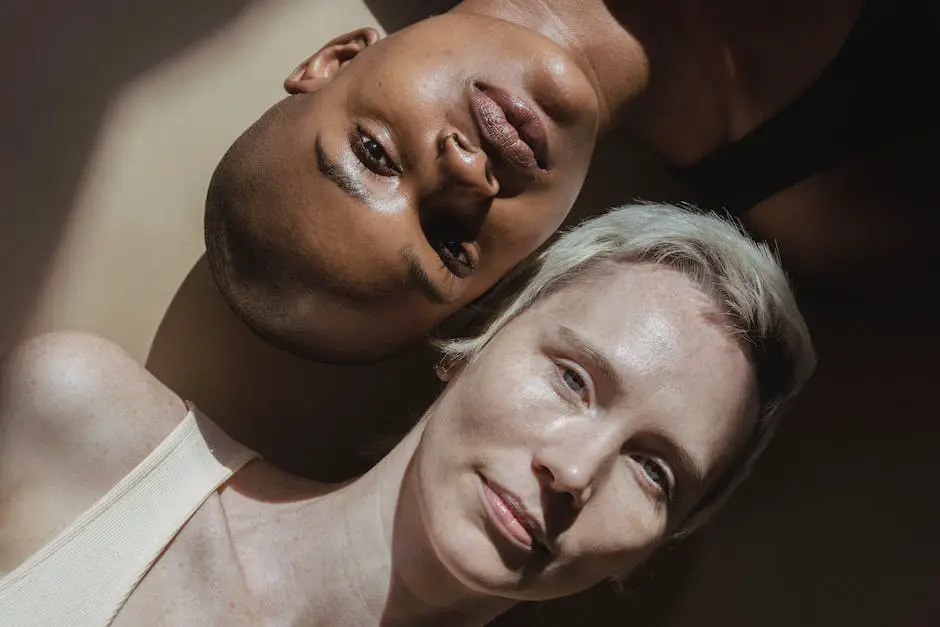
Picasso’s Influence on Contemporary Art
The indelible mark of Picasso continues to pervade contemporary art, often in undercurrents that are more subtle but no less profound. Much beyond the groundbreaking Cubism and his explorative use of color and materials, Picasso’s approach to thematic exploration and form has had a lasting resonance among today’s artists.
Reimagining the Figure
At the core of modern art’s evolution lies the continuous reimagining of the human figure, a practice that Picasso mastered and manipulated with gusto. His sculptural ventures that deconstructed and reassembled the human anatomy now find echoes in the works of artists who dissect corporeality through digital media, multidimensional canvases, and interactive installations. The relevance of Picasso’s boundary-pushing lies in the encouragement of modern artists to pursue a personal visual language beyond traditional figurative representation.
Multiplicity of Perspectives
Picasso’s art thrived on the presentation of multiple vantage points, which has inspired contemporary artists to challenge linear perspectives. Today’s multimedia art often employs a similar multiplicity, insisting on a more dynamic and immersive encounter with the viewer. Interactive art experiences, virtual reality, and even narrative storytelling within visual art reveal a lineage traced back to Picasso’s multifaceted gaze.
The Continuum of Expressionism
While Picasso himself did not fully embrace Expressionism, his profound influence is undeniably felt within this art movement. Artists have adopted Picasso’s inherent ability to convey emotive force through distortion, exaggerated forms, and strikingly dissonant color schemes. The modern Expressionist seeks to articulate a visceral response that is not merely observed but deeply felt, arguably an extension of the emotional intensity pioneered by Picasso’s craft.
The Enduring Power of the Abstract
Stemming from the foundation of Cubism, abstract art remains firmly in the lexicon of contemporary practices. Current artists leverage abstraction as a means to communicate ideas untethered by the constraints of reality, much as Picasso employed abstracted elements to speak to a higher conceptual truth. Fluid lines, geometric shapes, and an exploration of spatial relationships are but a few characteristics building upon Picasso’s abstract thought experiments.
The Collaboration of Art and Technology
While Picasso himself could not have foreseen the technological leaps that would come after his time, his collaborative spirit and inventive experiments are emulated in art’s intersection with technology. Artists using digital tools, algorithmic processes, and even AI draw inspiration from Picasso’s propensity for experimentation across disciplines. The fusion of art with technology, much like Picasso’s mingling with sculpture, ceramics, and set design, symbolizes the breaking of boundaries and a testament to the legacy of creative cross-pollination.
The Impact of Political and Social Commentary
Finally, it would be remiss not to mention the enduring impact of Picasso’s political stance within his art. His passionate responses to the socio-political climate of his time, most notably expressed through “Guernica,” continue to inspire artists to use their platforms for social commentary. Today’s creative minds channel this same energy into their works, addressing contemporary issues and advocating for social justice, thus perpetuating the role of the artist as an active voice in societal discourse.
Picasso’s oeuvre is a fountainhead from which continuous streams of influence pour forth into the ever-shifting landscape of the art world. Today’s creators might not always visibly carry the banner of his name, yet in their studios, amidst the smell of oil paint or the glow of screens, one can perceive the echoes of a dialogue started by Picasso’s hands, persisting through the annals of time into the boundless realm of creation.
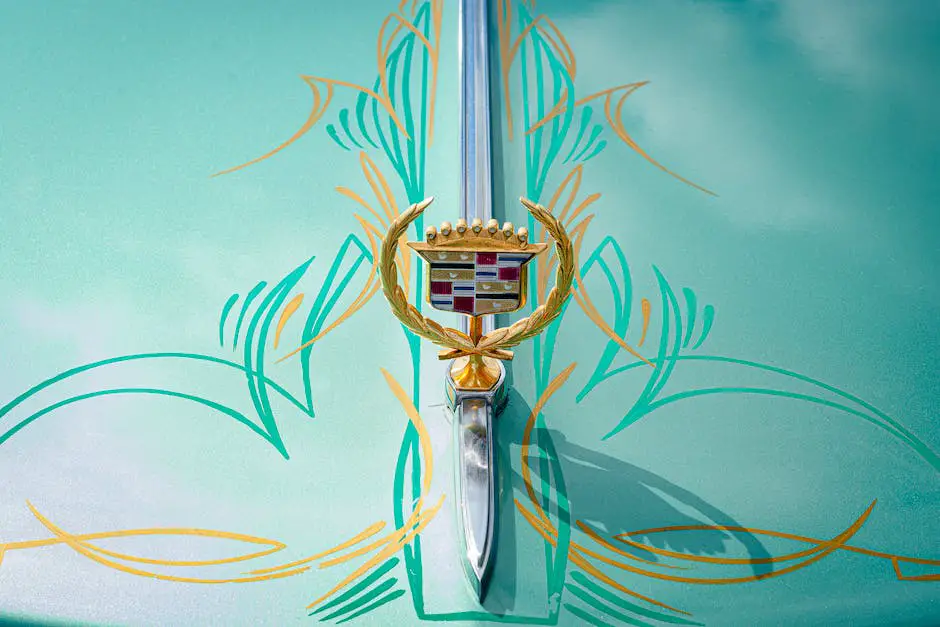
With the unraveling threads of Picasso’s vast tapestry of works, one can appreciate the profound and unyielding influence he has cast over the landscape of modern art. The master’s hand—capable of both delicate nuance and audacious strokes—resonates in the hearts and minds of contemporary artists, who continue to decode and reimagine his visual lexicon. As he painted his way into the annals of art’s great innovators, his legacy extends much like his canvases—complex, vibrant, and utterly transformative. Picasso remains not merely a figure of artistic triumph but an enduring beacon of inspiration, emblematic of the boundless potential that lies within the realm of the visual language.
Recommend0 recommendationsPublished in Uncategorized
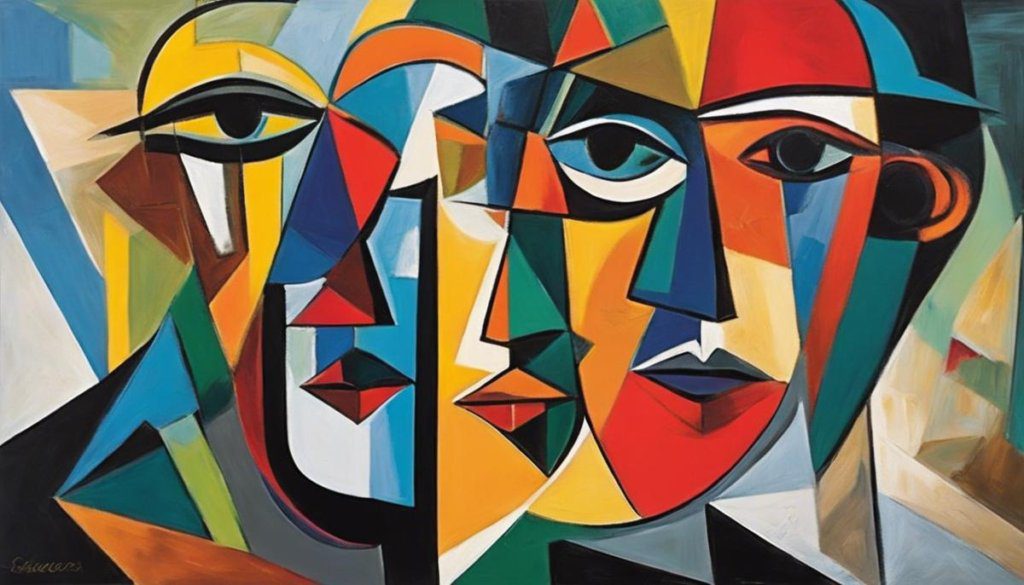

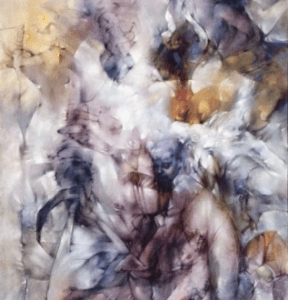
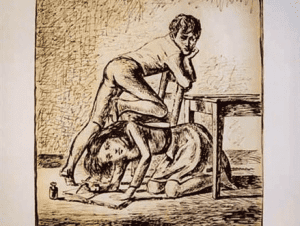

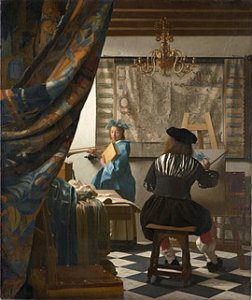

Responses